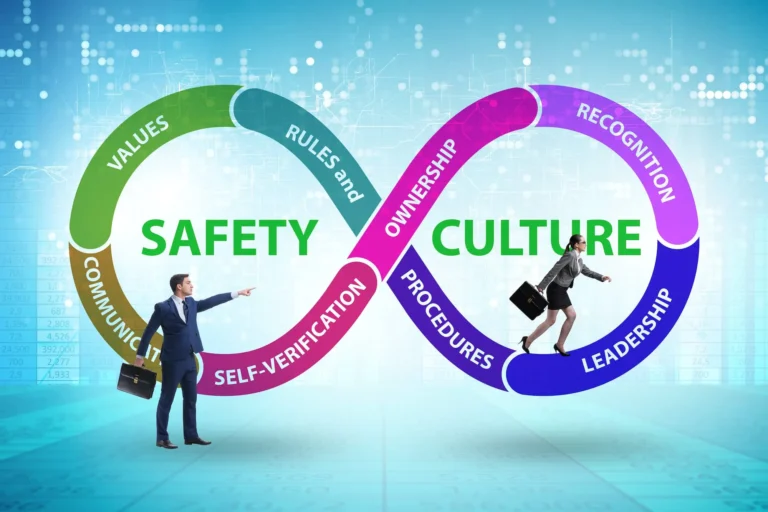When organizations face uncertainty, whether due to market disruption, regulation, or leadership shifts, the difference between resilience and disarray often lies in how the board functions. A truly effective board in times of change is one that balances oversight with adaptability.
In concrete terms, that means maintaining clear governance structures while being flexible enough to pivot decisions as conditions evolve. It’s not about predicting every scenario; it’s about creating an environment where informed, timely, and ethical decisions can be made despite incomplete information.
1. Clarity of Purpose and Decision-Making

During periods of instability, the most effective boards don’t chase every new problem; they return to first principles. They reaffirm the organization’s mission, values, and long-term direction, then evaluate how short-term actions align with those anchors.
Clear decision rights are essential: each member knows when to debate, when to defer, and when to decide. Ambiguity at this level often leads to paralysis or duplication of effort, both of which can be damaging during change.
Boards that perform best typically have structured agendas separating strategic discussion from operational noise. They set clear timelines for follow-up actions and track accountability transparently. This focus helps management execute while giving directors a clear view of progress and risk.
2. Diversity of Perspective
In times of change, uniformity is a liability. Boards that include directors with varied backgrounds, across industries, geographies, and expertise, see challenges from multiple lenses. This diversity produces better questioning, faster identification of blind spots, and more innovative problem-solving.
For example, a board that includes both financial experts and technology leaders can weigh digital transformation risks alongside balance sheet impacts, creating a fuller understanding of how disruption affects value creation.
3. Constructive Relationship with Management

A well-functioning board acts neither as a rubber stamp nor as an adversary. The best boards build a relationship of “constructive tension” with the executive team, supportive but probing. In times of uncertainty, this relationship becomes critical.
Management needs the board’s confidence to act decisively, while directors need transparency to provide informed oversight. Regular informal briefings, scenario discussions, and clear escalation channels prevent surprises and reduce reaction time when quick shifts are needed.
4. Information Flow and External Insight
Timely, relevant information makes the difference between reactive and proactive boards. Strong chairs ensure directors have the right data, financial, operational, and risk-related, early enough to influence outcomes, not just review them. Increasingly, effective boards also look beyond internal reports.
They benchmark their company’s challenges against peer performance, market trends, and emerging regulatory developments.
Organizations that partner with specialized board advisory services like Ned Capital often do so to strengthen this external perspective. Such partners help boards refine their composition, improve evaluation processes, and bring independent insight into governance and leadership resilience, without replacing the board’s own authority.
5. Agility and Forward Vision
Change rarely moves in straight lines. Effective boards develop the habit of thinking in scenarios rather than forecasts. They regularly ask: If this trend accelerates, how do we respond? If it reverses, what’s our contingency?
That mindset allows them to steer through volatility with confidence. They also invest time in continuous learning, about digital disruption, ESG regulation, and stakeholder expectations, so they’re prepared for the next inflection point before it arrives.
The Concrete Core of Board Effectiveness

At its core, a board proves its effectiveness in change not by how smoothly meetings run, but by how well it anticipates risk, supports management, and sustains trust among shareholders and employees alike.
The concrete formula is clear: clarity of purpose + diverse thinking + trust-based challenge + actionable information + adaptability.
Boards that embody these traits don’t merely survive change; they shape it. In doing so, they ensure that governance remains not just a formality, but a strategic asset guiding the organization toward its next stable horizon.







